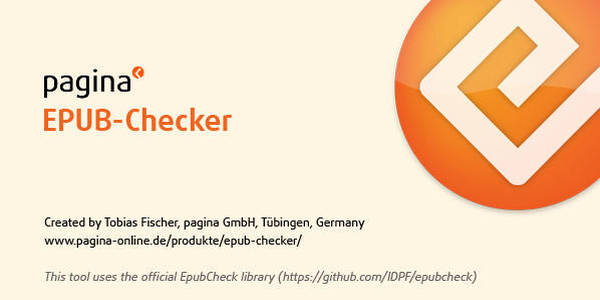

The identifiers may change between versions therefore it is preferable that other documents, reports, or tools use the format: WSTG-, where: ‘version’ is the version tag with punctuation removed. For example: WSTG-INFO-02 is the second Information Gathering test.
Epub checker 4.0.1 how to#
How To Reference WSTG ScenariosĮach scenario has an identifier in the format WSTG-, where: ‘category’ is a 4 character upper case string that identifies the type of test or weakness, and ‘number’ is a zero-padded numeric value from 01 to 99. Previous releases are available as PDFs and in some cases web content via the Release Versions tab. V4.2 is currently available as a web-hosted release and PDF.

You can read the latest development documents in our official GitHub repository or view the bleeding-edge content at latest. We are currently developing release version 5.0. View the always-current stable version at stable. ContributionsĪny contributions to the guide itself should be made via the guide’s project repo. Created by the collaborative efforts of cybersecurity professionals and dedicated volunteers, the WSTG provides a framework of best practices used by penetration testers and organizations all over the world. The WSTG is a comprehensive guide to testing the security of web applications and web services. We recommend Chocolatey for managing packages in Windows.The Web Security Testing Guide (WSTG) Project produces the premier cybersecurity testing resource for web application developers and security professionals.
Epub checker 4.0.1 windows#
If you are confident with Python and Node development on Windows and wish to proceed here are some helpful tips. We recommend setting up on a local virtual machine using our already available scripts, docker-wagtail-develop or vagrant-wagtail-develop Development on Windows ¶ĭocumentation for development on Windows has some gaps and should be considered a work in progress.
Epub checker 4.0.1 install#
In this case, you should install the site before running the pip install -e step, or re-run that step after the site is installed. Keep in mind that the setup steps for a Wagtail site may include installing a release version of Wagtail, which will override the development version you’ve just set up. We recommend using the Wagtail Bakery demo site as a basis for developing Wagtail. You will also need to install the libjpeg and zlib libraries, if you haven’t done so already - see Pillow’s platform-specific installation instructions.Īny Wagtail sites you start up in this virtualenv will now run against this development instance of Wagtail. To ensure you are running the correct version of Node, run fnm install from the project root.Īlternatively, you can install Node.js directly, ensure you install the version as declared in the project’s root. The preferred way to install the correct version of Node is to use Fast Node Manager (fnm), which will always align the version with the supplied. These instructions assume that you’re familiar with using pip and virtual environments to manage Python packages. If you’d prefer to set up all the components manually, read on. (Build scripts for other platforms would be very much welcomed - if you create one, please let us know via the Slack workspace!) You can also set up a cloud development environment that you can work with in a browser-based IDE using the gitpod-wagtail-develop project. They will provide you with a running instance of the Wagtail Bakery demo site, with the Wagtail and bakerydemo codebases available as shared folders for editing on your host machine. If you’re happy to develop on a local virtual machine, the docker-wagtail-develop and vagrant-wagtail-develop setup scripts are the fastest way to get up and running. (This is not required when running a release version, as the compiled assets are included in the release package.) Setting up a local copy of the Wagtail git repository is slightly more involved than running a release package of Wagtail, as it requires Node.js and npm for building JavaScript and CSS assets.


 0 kommentar(er)
0 kommentar(er)
